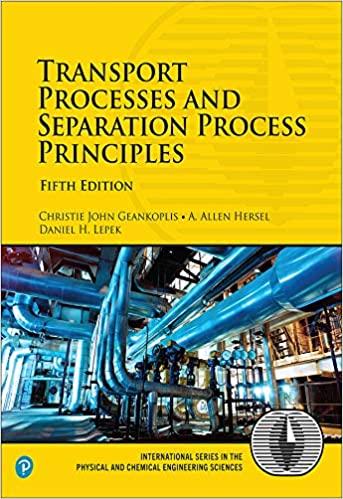Question
A student obtained a clean flask. She weighed the flask and stopper on an analytical balance and found the total mass to be 32.834g .
A student obtained a clean flask. She weighed the flask and stopper on an analytical balance and found the total mass to be
32.834g. She then filled the flask with water and found the new mass to be
69.478g. The temperature of the water was measured to be
24\\\\deg C. Use this data to find the internal volume of the stoppered flask. The density of water at various temperatures is given in Appendix
H. Show all calculations necessary to answer the following questions.\ First calculate the mass of the water in the flask:\ Mass of water
=mass of filled flask - mass of empty flask

Step by Step Solution
There are 3 Steps involved in it
Step: 1

Get Instant Access to Expert-Tailored Solutions
See step-by-step solutions with expert insights and AI powered tools for academic success
Step: 2

Step: 3

Ace Your Homework with AI
Get the answers you need in no time with our AI-driven, step-by-step assistance
Get Started


